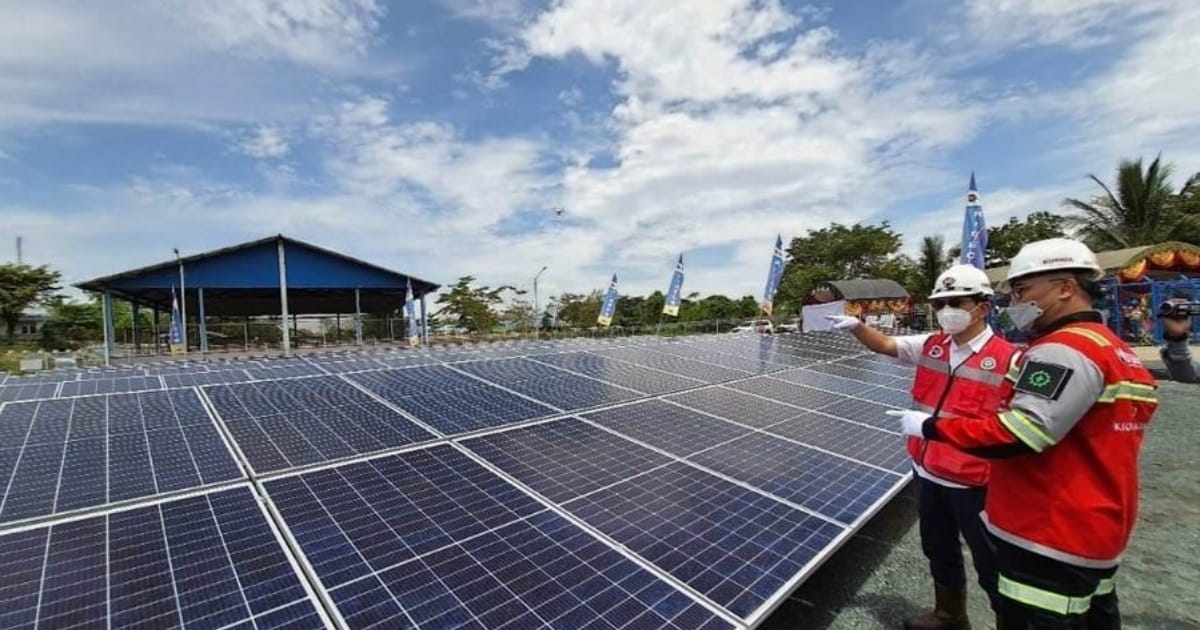Indonesia is charting a bold course toward a sustainable energy future, aiming to significantly increase its renewable energy capacity. The state electricity company, PLN, has outlined a comprehensive plan requiring an estimated investment of $162 billion (approximately Rp2,717.2 trillion) to develop renewable energy infrastructure by 2034.
Investment Goals and Targets
The primary objective of this substantial investment is to add 41.9 gigawatts (GW) of renewable energy capacity within the next decade. This expansion is intended to supply 59% of Indonesia's total electricity needs from renewable sources, aligning with the draft Electricity Supply Business Plan (RUPTL) 2025–2034.
Achieving this target is crucial for Indonesia's commitment to reducing greenhouse gas emissions and transitioning to a low-carbon economy. The investment will focus on various renewable energy sources, including solar, wind, hydro, and geothermal power.
Challenges in Financing Renewable Energy Infrastructure
Securing the required investment poses several challenges. Indonesia's financial landscape is characterized by relatively high-interest rates and credit risks, which can deter private investors. The government relies heavily on private investment to build renewable infrastructure, but the high cost of financing remains a significant hurdle.
To mitigate these challenges, Indonesia has implemented regulations to facilitate investment in the renewable energy sector. For instance, the government has set a 2025 investment target of $1.8 billion (Rp29.5 trillion) for renewable energy, marking a 28% increase from the previous year.
International Collaboration and Support
Indonesia's renewable energy ambitions have attracted international attention and support. Notably, Indonesia and Qatar have established a $4 billion joint investment fund to focus on renewable energy projects, among other sectors. Each country will contribute $2 billion to the fund, aiming to accelerate Indonesia's economic development and energy transition.
Additionally, the Just Energy Transition Partnership (JETP), co-led by Japan and Germany, has allocated $20 billion to help Indonesia reduce its emissions and boost renewable energy usage in its power mix. Despite the United States' withdrawal from the partnership, other member countries remain committed to supporting Indonesia's energy transition goals.
Long-Term Vision and Economic Impact
Indonesia's long-term vision includes achieving net-zero emissions by 2060. The transition to renewable energy is expected to generate significant economic benefits, including the creation of up to 28.1 million green jobs by 2060. Moreover, reducing reliance on fossil fuels will cut air pollution, improve public health, and reduce healthcare costs nationally.
The government's commitment to renewable energy infrastructure investment is a testament to its dedication to sustainable development and climate change mitigation. By overcoming financial and regulatory challenges, Indonesia aims to become a regional leader in renewable energy and set an example for other developing nations.
Read More






 Wednesday, 03-12-25
Wednesday, 03-12-25







